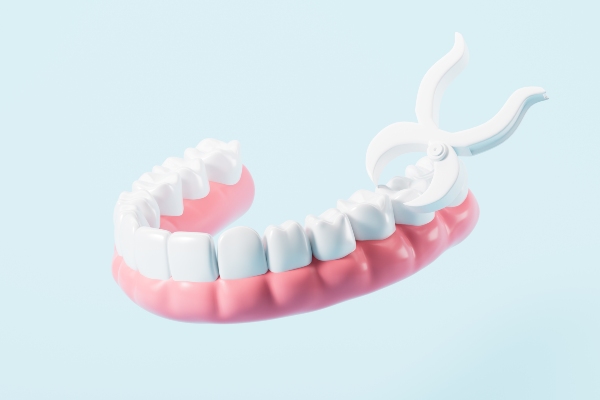 Decaying teeth do not ever stop decaying without treatment. A root canal treatment becomes necessary to save the tooth, especially as an infected tooth can lead to significant pain. Treatment is painless. The only discomfort you will feel is at the end after the dentist finishes the treatment.
Decaying teeth do not ever stop decaying without treatment. A root canal treatment becomes necessary to save the tooth, especially as an infected tooth can lead to significant pain. Treatment is painless. The only discomfort you will feel is at the end after the dentist finishes the treatment.
All about the root canal procedure
From local anesthesia to dental dams, it is helpful to know what to expect. A root canal treatment is not too difficult to understand. It also does not take that long to complete. Read through this part of the guide to understand the procedure.
Anesthesia
The first step is local anesthesia. It is applied before treatment begins. Successful treatment means the mouth is completely numb. A dentist will not start until the patient cannot feel a thing.
Dental dams
A dental dam is a sheet of vinyl or rubber that isolates the affected tooth. All surrounding teeth are blocked. Doing this creates a sterile environment for the dentist to work. Dental dams also prevent the spread of other bacteria in the mouth.
Drilling
Drilling sounds scary, but it is not as bad as one might think. The dentist decides where to drill a small hole into the tooth. This hole gives the dentist access to the inside of the tooth. It is painless, thanks to the applied numbing agent.
Tissue removal
Inside the tooth, the dentist will find infected or inflamed tissue. The dentist uses special dental tools to remove the tissues inside. Once the root and pulp are removed, the site will lose feeling, and the tooth will no longer hurt. The area is then disinfected and shaped to prepare for the filling and sealant.
Filling and sealing
After all the debris is clear, it is time to fill the canal and apply a sealant. The filling is made of a rubbery material called gutta-percha. Once the filling is applied, it is set permanently by using a cement sealer. The sealant protects the tooth and prevents any other bacteria from entering to avoid future infection.
Dam removal and antibiotics
Once the tooth has been filled and sealed, the procedure is over. The dentist removes the dental dam, and the patient is instructed regarding aftercare. If the filling is temporary, an additional appointment is necessary for the permanent filling. Antibiotics are prescribed to prevent infection following the root canal treatment.
Follow-up appointment
Once the course of antibiotics is complete, the last step is making a follow-up appointment. The dentist needs to make sure the discomfort is gone. If a crown is required, this is when it will be put in place. The goal is to provide long-lasting, permanent results to prevent future infection.
Wrapping it all up
Once you are home and the anesthesia wears off, you might feel some minor discomfort. All you need are over-the-counter pain relievers. It should not last more than a couple of days. If the pain does not go away and is persistent, contact your dentist as soon as possible because there may be something wrong.
Request an appointment or call McCarthy Dentistry at 740-546-5178 for an appointment in our Marietta office.
Recent Posts
Root canal therapy is a routine procedure often recommended by a patient's dentist to treat infected teeth. Your tooth consists of various components that preserve its function. The root canal is the hollow section of your tooth that contains blood vessels, nerve tissue, and other cells, called the pulp. Your pulp nourishes your tooth and…
You may dread the thought of having a root canal, but it may be necessary. A filling or composite bonding might address minor or moderate cavities. However, if you are experiencing severe, consistent pain in your teeth, these treatments may not be enough to restore the affected tooth. Endodontic treatment is a method where your…
When you think about a root canal, you may have thoughts of pain, discomfort, and a generally unpleasant experience. Of all the dental procedures, this one has one of the most infamous reputations. However, your dentist has the training, knowledge, and tools to correct significant decay and restore your oral health. To diagnose a tooth…


